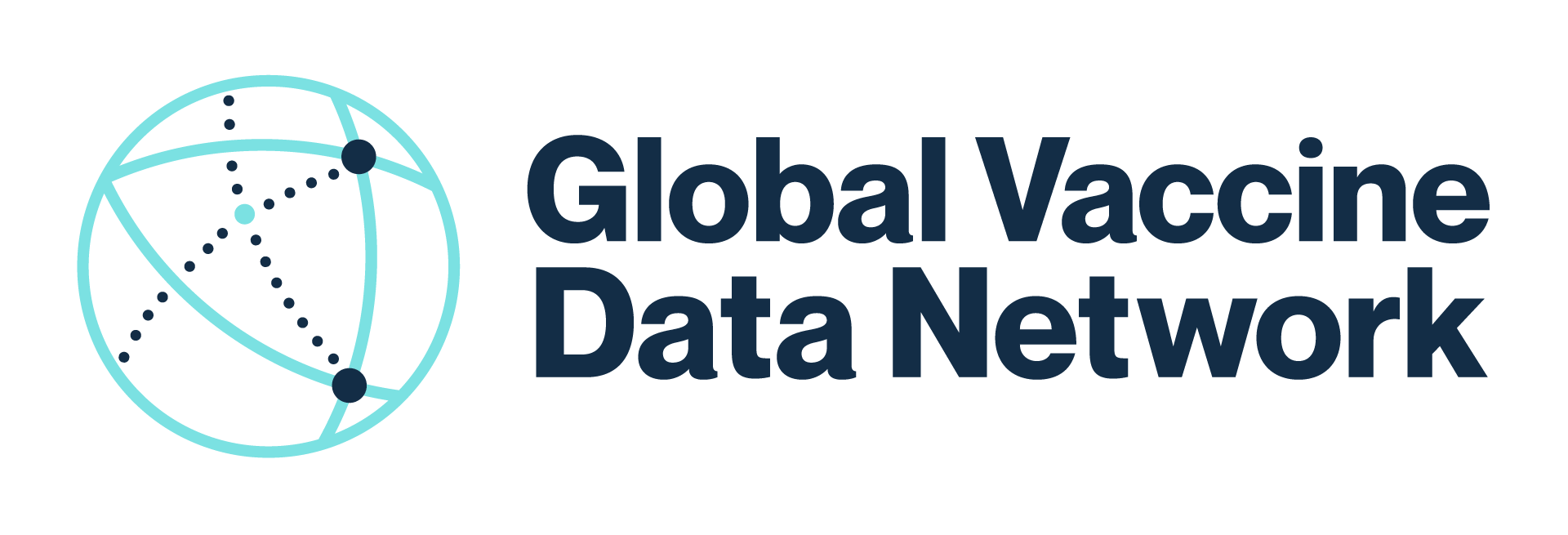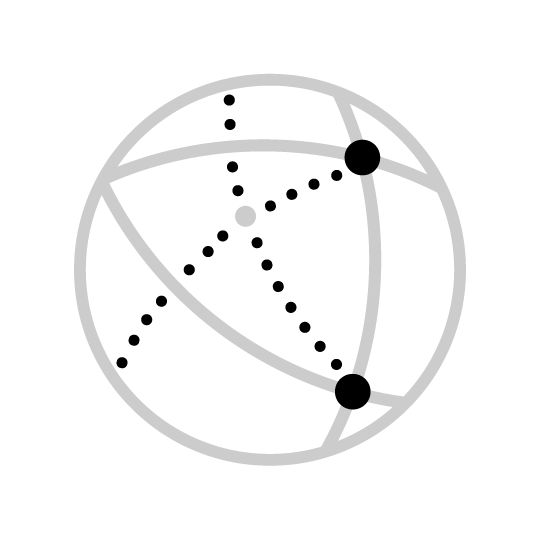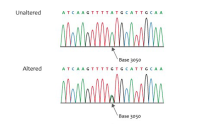Any adverse outcome from vaccine use is a concern to everyone, from vaccine manufacturers to the people who experience them. Vaccines in a way are like cars – incredibly safe and effective, but not without some risk. We don’t worry as much about collisions in automobiles as we should, and driver inattention is a significant contributor. In both cases, the risk of vaccine adverse events and collisions are to be expected and need to be understood. One of the purposes of the work of the GVDN is to find out, when an adverse event occurs, what the reason for it is and what the risk is, compared with no vaccine. My work in GVDN is to ask this same question but find out what genetic factors contribute to adverse events.
We are all 99.9% genetically identical, but this still means there are millions of genetic differences between us.







